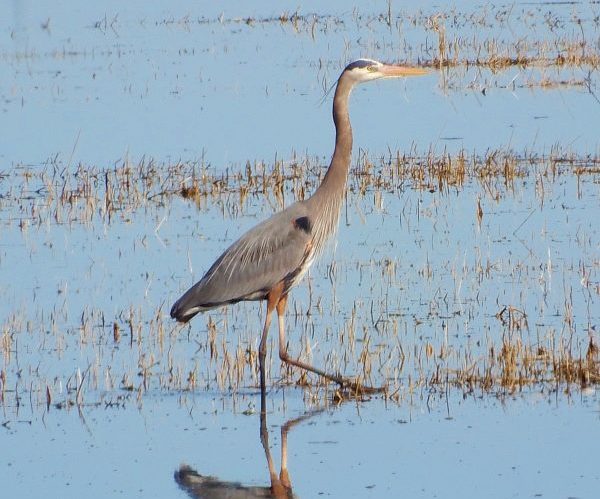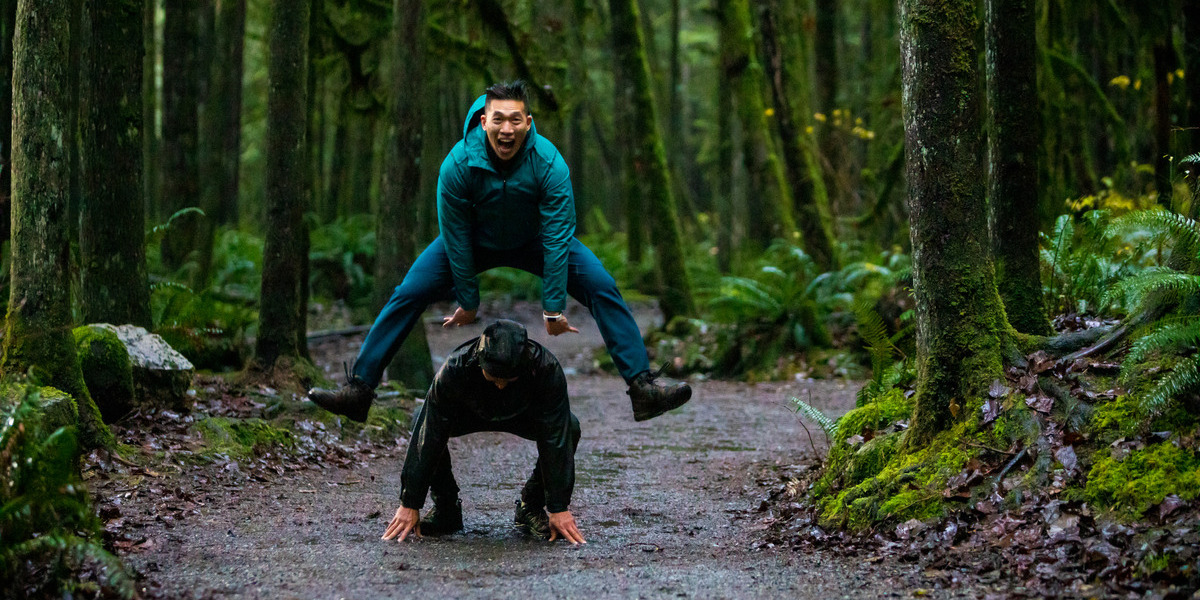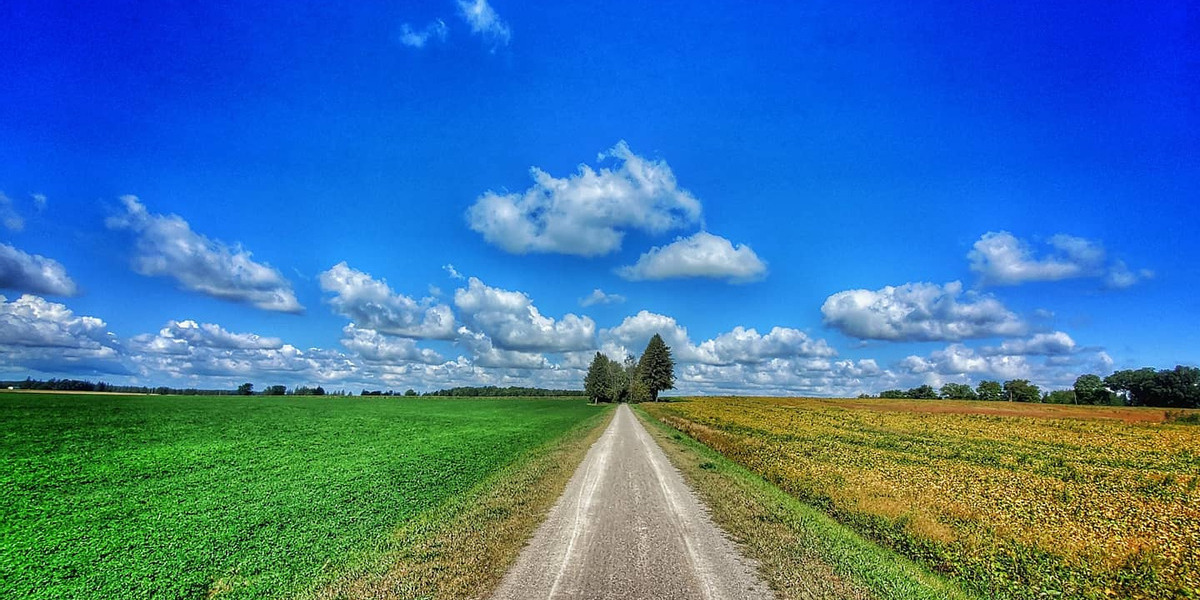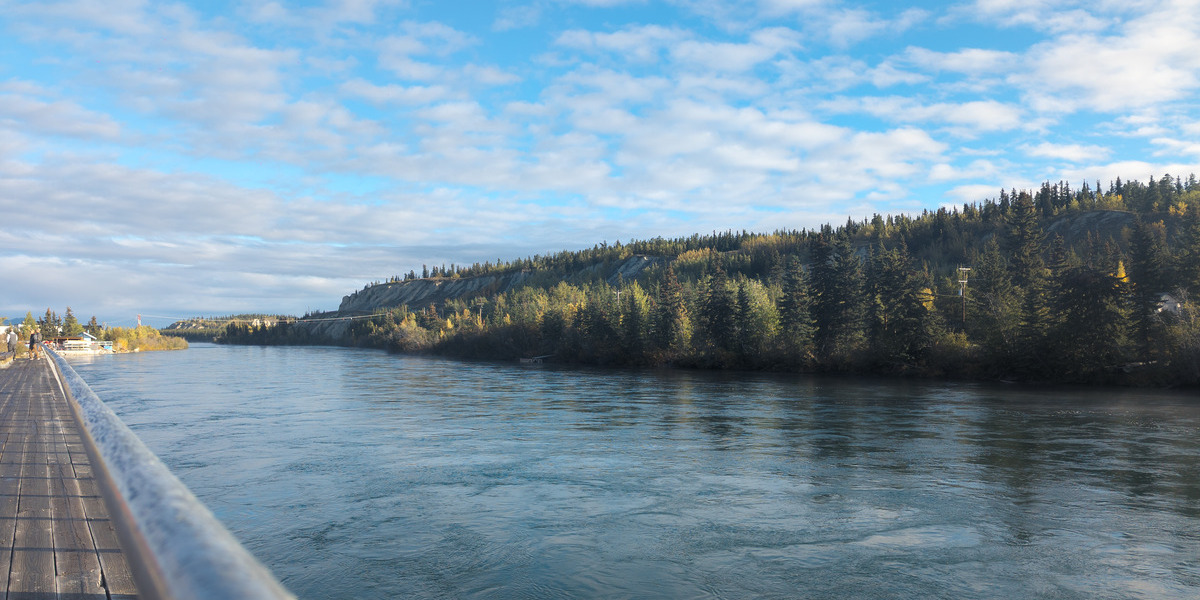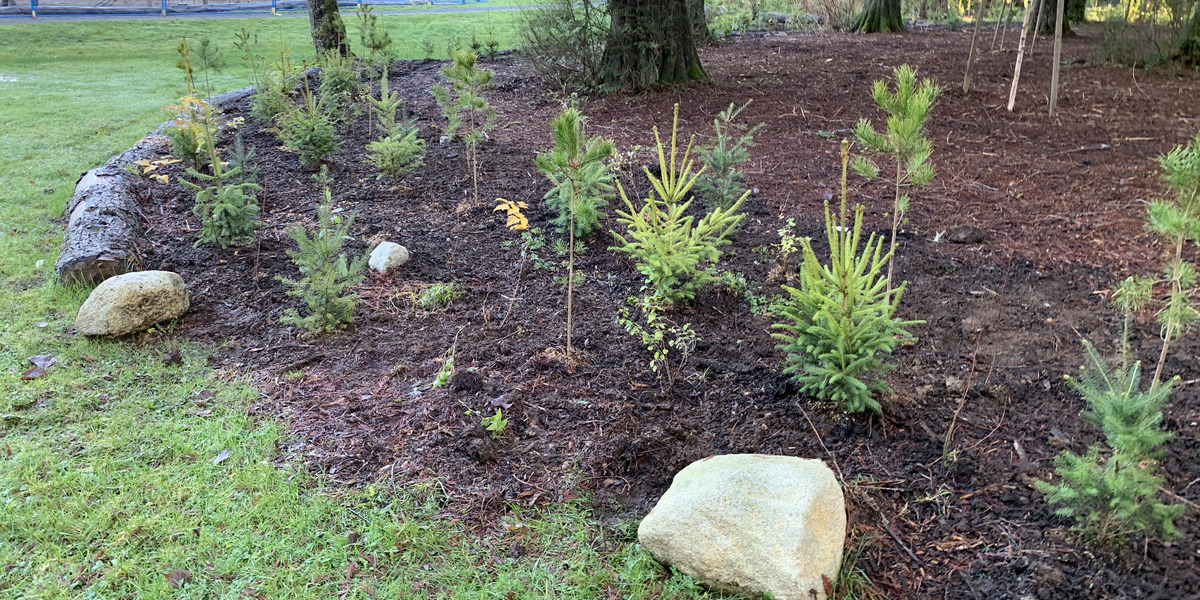Exploring the Salt Marsh Trail with local birder, Marty Zelenietz

By Sheryl Dubois
The birds may be what brought Marty Zelenietz to the Cole Harbour Salt Marsh Trail more than 15 years ago, but it’s not what keeps him there.
A retired professor of (mostly) cultural anthropology and active amateur birder, Marty Zelenietz, Ph.D., says he regularly walks two kilometres of the Salt Marsh Trail, although is acquainted with the full 6.5 kilometre trek.
“Birders walk slow,” he explains. “It can take one and a half to two hours to cover four kilometres.”
Marty can be found walking the Salt Marsh Trail year-around, looking for and sometimes photographing birds.
“I go two to three times a week in the summer, two to three times a month in the winter.”
Marty says the Trail is always changing.
“No two walks are alike. On a good day you can see 15 to 20 different kinds of birds in the forest section.”
The extraordinary ecosystem of the Salt Marsh Trail © Emma Dubois
According to Marty, one of the first birds to listen for on the Salt Marsh Trail is the pileated woodpecker, a very large, ant-eating bird that is often the source of a call like a “crazy laugh” coming from the trees.
All year long, Marty spies bald eagles perched high up in the trees and an array of sea ducks, such as common eiders or buffleheads, and diving ducks, such as goldeneyes on the water.
Many birds come and go. Warblers, finches, sandpipers and other migrating birds move through Nova Scotia between August and September. So many species stop at the Salt Marsh that the area is designated a “Migration Hotspot.” In the winter, says Marty, he sees willets and black-bellied plovers and enjoys the “colour” the “May and June birds bring.”
“You see sparrows and chickadees; a pheasant occasionally,” Marty says, and other wildlife including “families of mink and once, a seal flopped across the path.”
“At times you go out and water is rushing under the bridges and there are no mudflats. At low tide, you see hectares of mudflats and…the shorebirds come in to feed on what’s in the mud,” says Marty. “It’s a gathering place.”
A majestic blue heron on the waters by the Salt Marsh Trail © Marty Zelenietz
Birding highlights, for Marty, are finding great blue herons in groups of 20 or 25. He looks for these birds in September.
“It’s always a nice bird to encounter – it’s so majestic.”
For a laugh, Marty recommends keeping an eye out for the greater yellowlegs.
The greater yellowlegs can also be seen from the Salt Marsh Trail © Marty Zelenietz
“The greater yellowlegs, when they walk, they look like they’ve had ‘one too many,’ they look unsteady.”
Marty is a member of the Cole Harbour Parks and Trails Association (CHPTA) and the Nova Scotia Birds Society (NSBS). Marty lauds the volunteers for the work they do “finding money” and “putting time in” to maintain the trails, which he notes are popular and “very accessible.”
Marty volunteers with CHPTA, NSBS and BirdingPals.com to lead birding tours on the Salt Marsh Trail. He meets people from around the globe, but his favourite students are his grandchildren.
“They like going out…I can show them neat stuff. When they get excited, I get excited too.”
Marty finds beauty and serenity on the Trail in all seasons, tides and weather. While birding is Marty’s hobby, it is the transformative nature of the terrain that keeps him coming back to the spectacular Salt Marsh Trail.
Asked to name what he’d miss most if he moved from the area, Marty does not hesitate.
“My favourite part is where the Trail opens up from the woods to the water; that moment when you step out of the trees and the water is right there and everything opens up to us. The vistas are stunning.”
Thanks to the generous contributions of donors from across Canada, TCT and its local partners work tirelessly to ensure The Great Trail of Canada remains a legacy that we can all take pride in. If you value our work, support us today by visiting our Give page.



